The Incredible Shrinking Smartphone (Forecast)
While these are relatively small forecast cuts, they do show how volatile the CE market has been this year, and for those products, smartphones included, that are not part of the ‘stay-at-home’ surge, there has been little to get excited about. Many CE companies have cited the impact of COVID-19 on transportation costs and factories in India, Vietnam, Thailand, and Malaysia, all of whom were the recipients of new production capacity as many CE companies transitioned out of China, are now facing issues of their own, with government mandated factory closings and increasing outbreaks putting pressure on an industry (smartphones) that was already seeing little growth. While the smartphone industry is focused on the upcoming Apple (AAPL) iPhone series, the rest of the industry is under the thumb of the pandemic once again, and will likely see further forecast reductions this year.


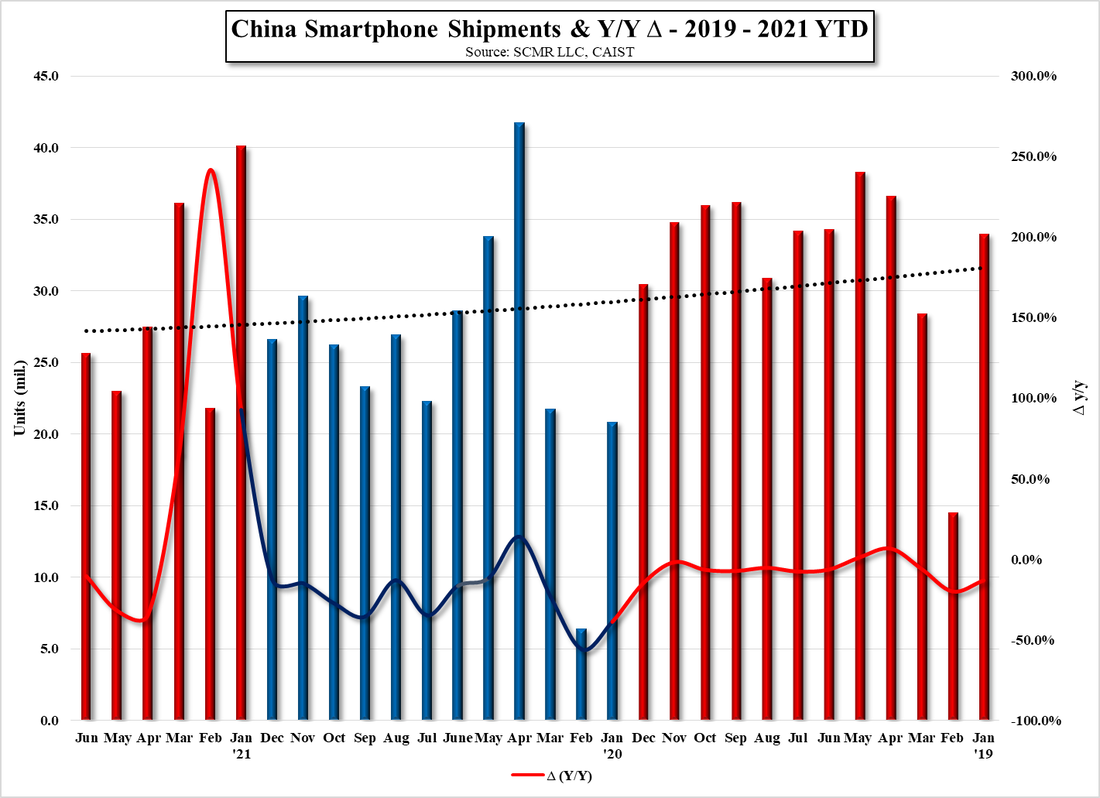
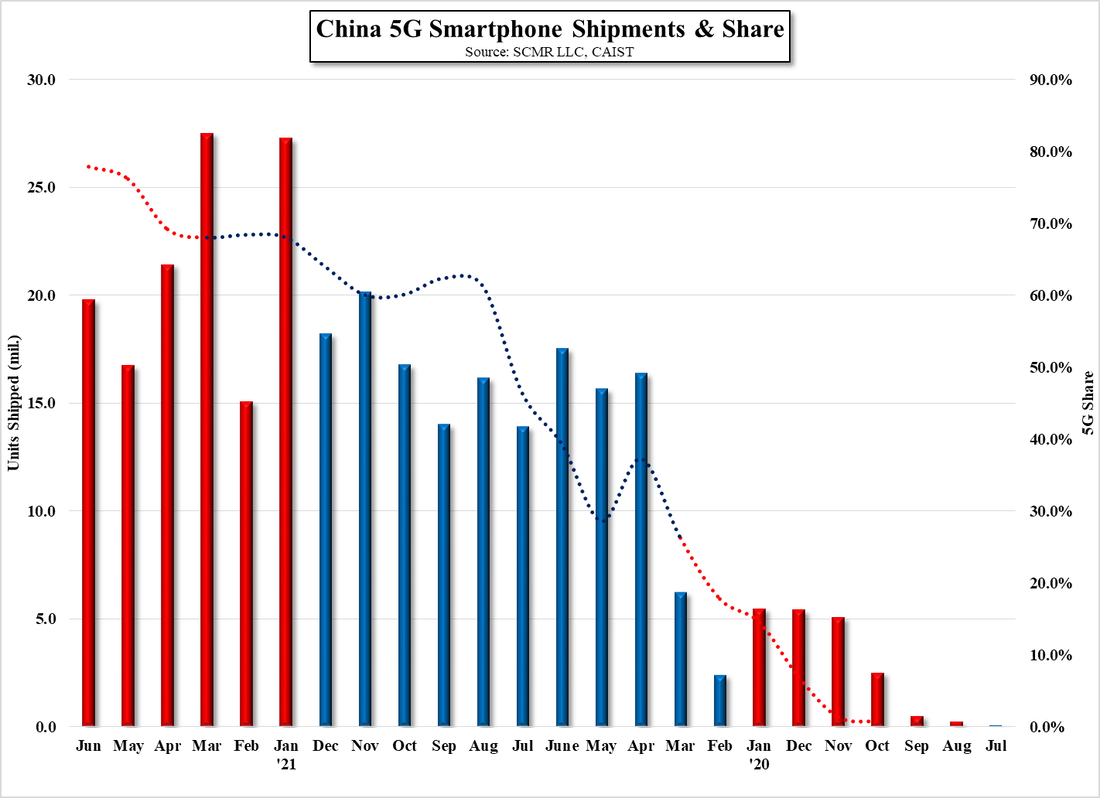
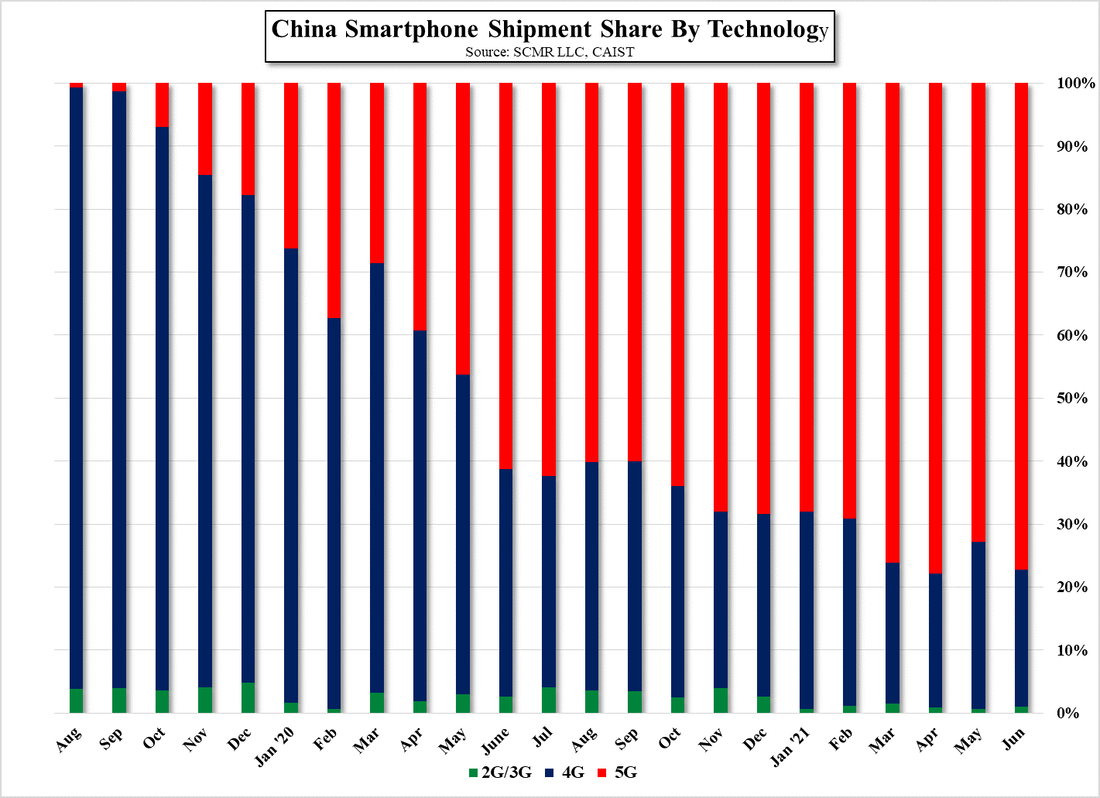
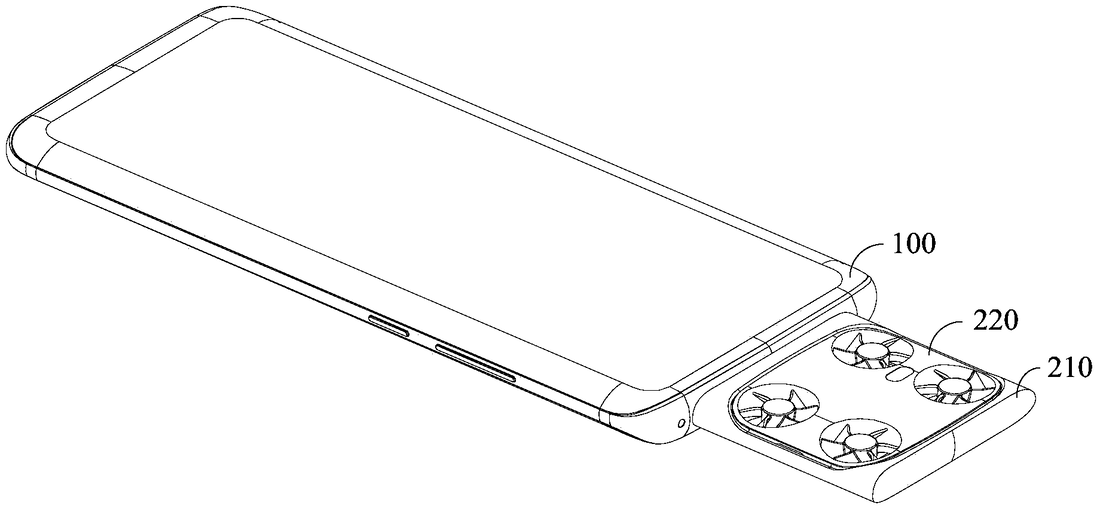








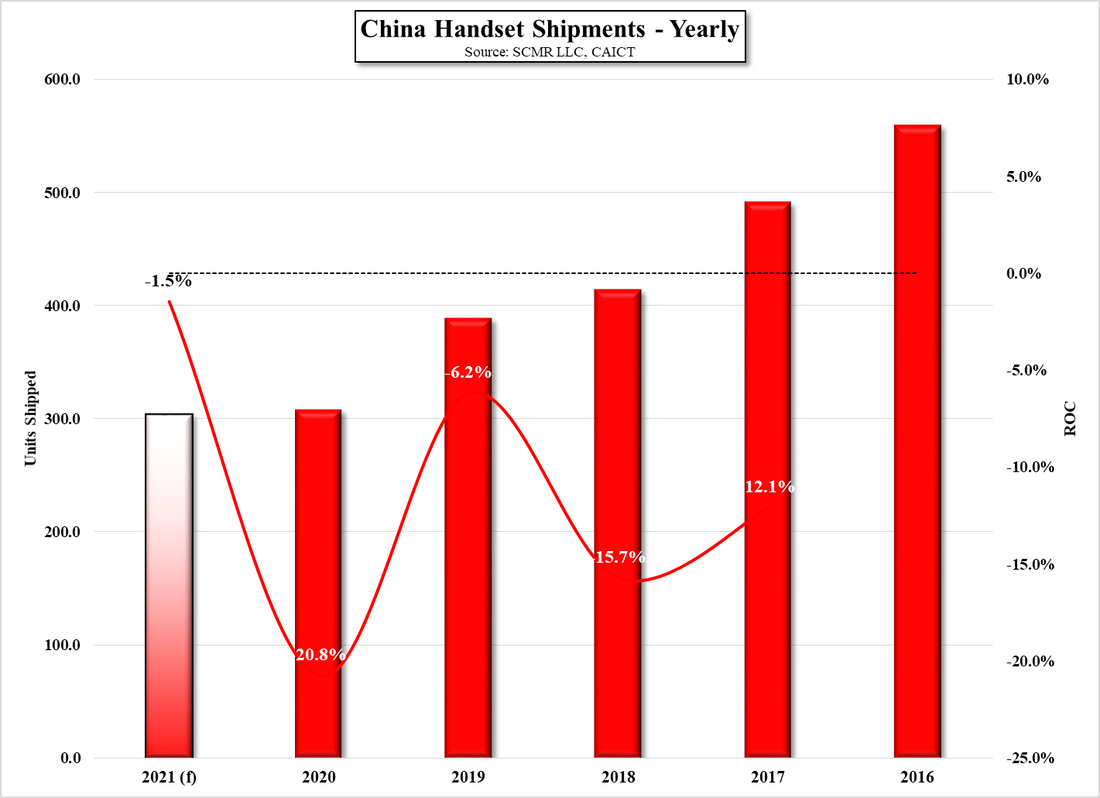
 RSS Feed
RSS Feed